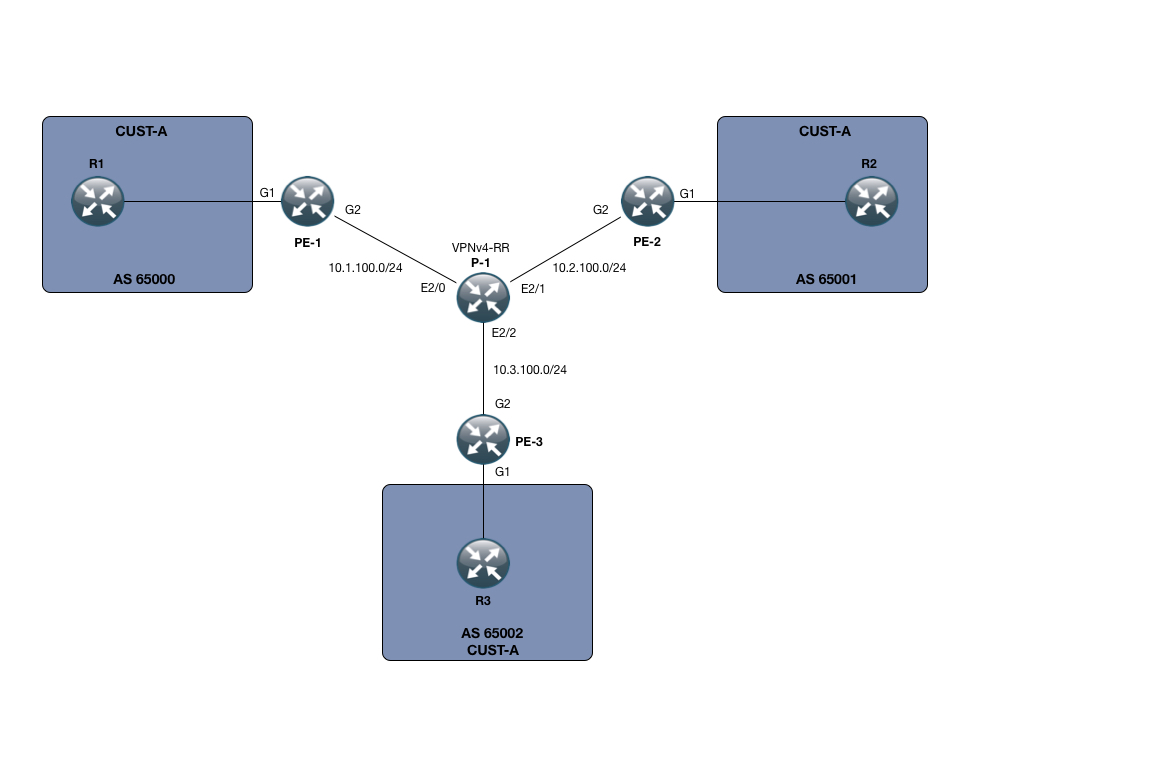0
Is antivirus getting worse?
Is anti-virus software getting worse at detecting both known and new threats?Earlier this week, Stu Sjouwerman, CEO of security awareness training company KnowBe4, looked at the data published by the Virus Bulletin, a site that tracks anti-virus detection rates. And the numbers didn't look good.Average detection rates for known malware went down a couple of percentage points slightly from 2015 to 2016, he said, while detection rates for zero-days dropped in a big way - from an average of 80 percent down to 70 percent or lower.To read this article in full or to leave a comment, please click here
 This arrangement won't impact its relationships with other hardware vendors.
This arrangement won't impact its relationships with other hardware vendors.